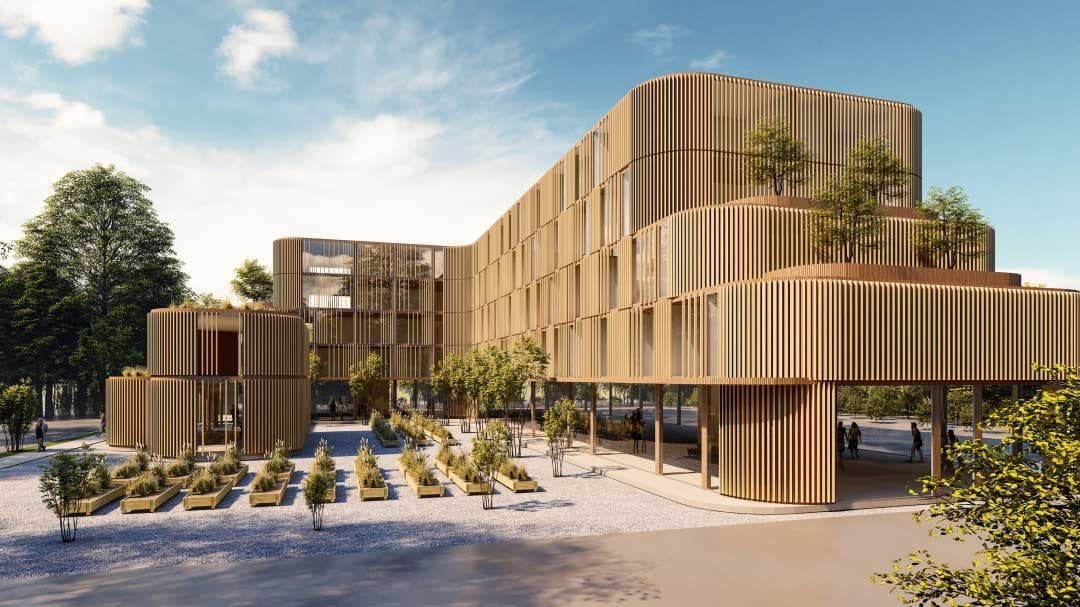Sustainable Building Materials Make a Difference
As the need to switch to more sustainable practices becomes more and more immediate, many people have realized that the function of new buildings, homes, and infrastructure around us is matched in importance by the structure of those new builds–more specifically, what they’re constructed from. New construction doesn’t have to be the major contributor to greenhouse gas emissions that it has been in the past. In fact, builders today have so many avenues to make a positive change in the way they build and operate within the world, starting with materials. Read on for some of the top sustainable building materials that developers are using today to ensure we have a better tomorrow.
1. Recycled Materials
The amount of waste in the world is one of the biggest issues we face when attempting to go green. Salvaged materials, like wood from an old barn or tile from a tear-down home, save usable materials that would otherwise end up collecting dust or rotting in a landfill somewhere and give them a second life in a new build or renovation. Builders and homebuyers like using salvaged materials not only for the environmental factor but also because they can add charm and a unique look and texture to a new build, connecting the past to the present.
2. Bamboo
As you shop for more environmentally friendly products, you’ve likely encountered ones made of bamboo more and more frequently. From everything from bed sheets to toilet paper, bamboo has taken off as a green material due to its fast growth, renewability, biodegradable nature, and durability. When used in construction, bamboo's dynamic nature, which makes it sturdy and yet flexible, allows builders to use it in a variety of ways—both structurally and as a design accent.
3. Cork
Next time you open a bottle of your favorite wine, take a second to appreciate its cork. Harvested from trees, but unlike wood which most often requires cutting down the tree to harvest, trees do not need to be brought down when extracting the cork, preventing permanent damage to the tree. Cork serves as an excellent insulator, as it’s fire resistant and absorbs noise. Hopefully, cork will become more widely available as it’s currently exported solely from the Mediterranean.
4. Clay brick
Completely natural, clay brick is made from clay and water—pretty simple, right? This means it's completely recyclable and non-toxic. You’ll see many clay buildings in the southwest region of the United States in part due to its usefulness in keeping a home cool, which also cuts down on energy usage as you won’t have to blast the A/C as often during hot summers.
5. Mycelium
The last sustainable building material on this list is certainly an interesting one and perhaps the most cutting-edge: mycelium. Mycelium is a part of a mushroom, operating like a root system, that has been used in building bricks. When dried, mycelium is incredibly strong, and because of its organic makeup,
it's completely biodegradable. We’re still just beginning to see the incredible potential of creating with mycelium, so although it’s not yet mainstream, we expect to see some big progress in the coming years.
As we construct our future, both figuratively and literally, we look for ways to always progress, advance, and grow, and the best way to do this is to manage our impact in the present and use forward-thinking to plan for our future. Developers certainly have a responsibility to think sustainably, and luckily, some of the best builders in the region are implementing more and more eco-friendly building practices by the day. Seattle is already looking much greener these days, and I think it’s only going to get better from here on out!

